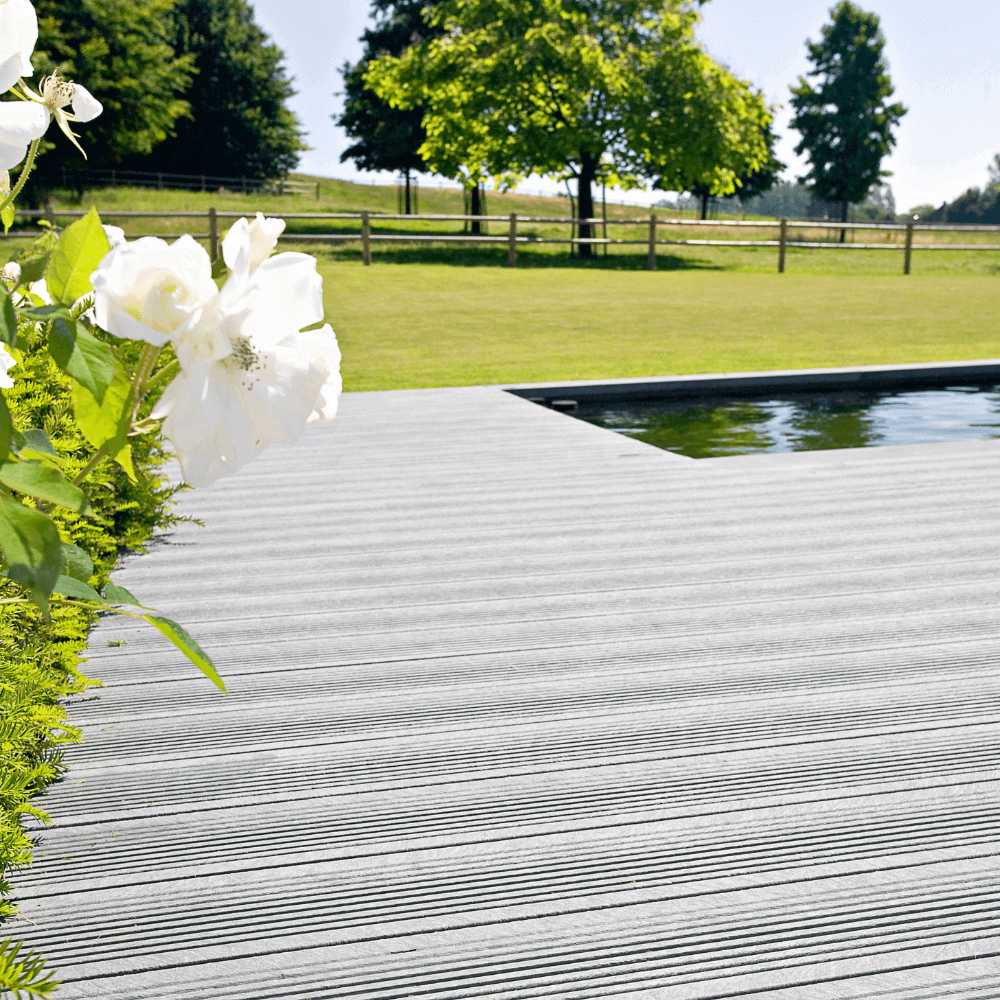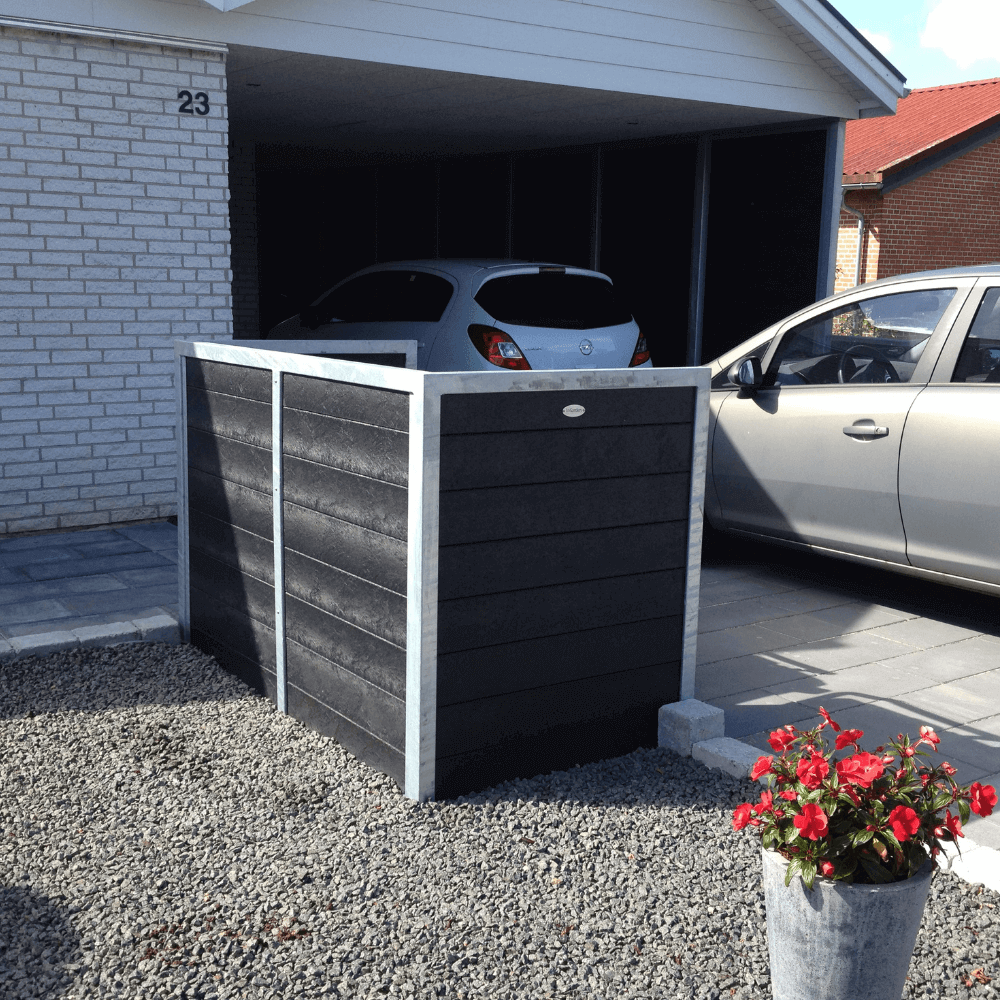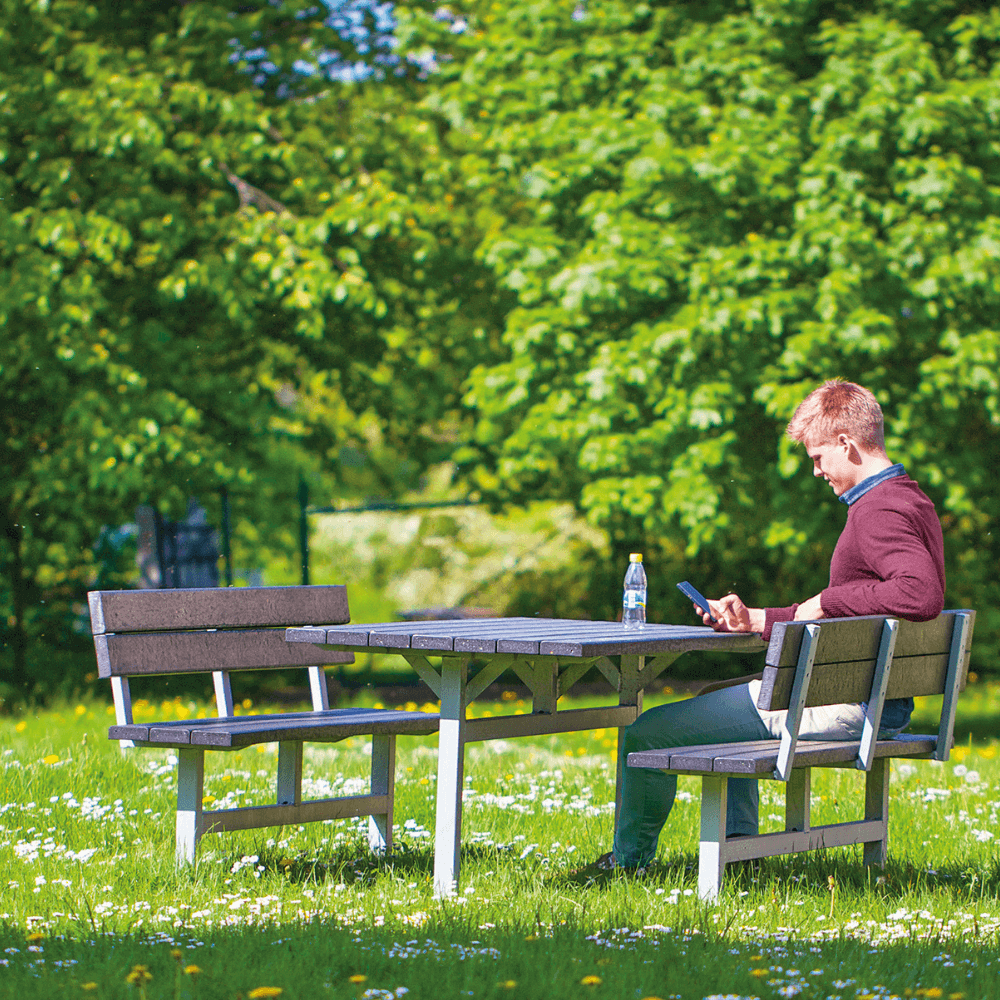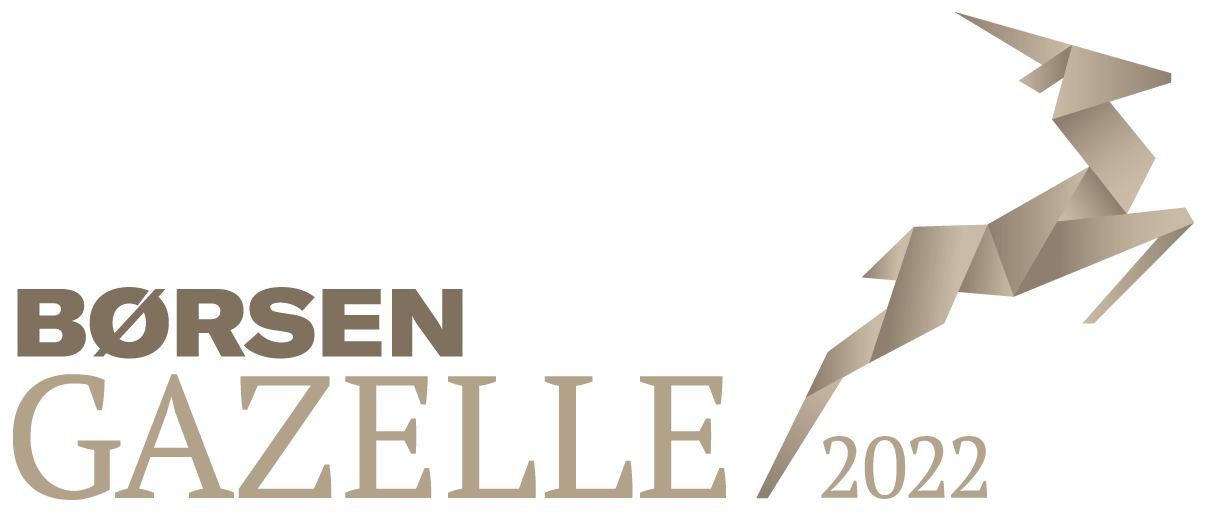GrowCamp benefits
+- The soil is not compressed, so the roots develop better.
- When the soil is raised above the ambient level, the soil never gets so wet that the plants drown and the roots can always get oxygen.
- In the spring, you can start earlier because the soil dries and warms faster.
- You can plant closer due to the optimal condition.
If you cover the raised bed, it is even easier
- The insect net covers for snails and other animals.
- The insect net dampens heavy rain, hail and wind which protects your plants.
- The plastic cover creates a greenhouse environment that supports your plants.
Cultivation for beginners
+If you are new to cultivation, you can look in our Garden Universe and find lots of garden tips and knowledge. You can for example look at our garden lessons where we describe how to grow more than 40 different vegetables. Alternatively, you can read about our articles for beginners. Finally, you should take a look at the MINI kitchen garden, where Peter Norris cultivates in his GrowCamps.
What can you grow in a GrowCamp - how and when?
+You can find a schedule with general guidelines / examples of what you can grow in your GrowCamp. You can also read about how to sow and plant here.
Cultivation all year round
+Here you can find links to what you can grow in the months of the year:
February – Click here!
March – Click here!
April – Click here!
May – Click here!
June – Click here!
July – Click here!
August – Click here!
September – Click here!
Winter storage
+- We recommend that you empty your self-watering raised bed completely for water to avoid frostbite. This can be done by putting the water regulator down at the bottom, so the water runs out of the plastic bag.
- Storage of your plastic sides should be inside. The room does not have to be frost-free, but the sides must stored, so that neither wind or anything else can affect them. The plastic sides are extra fragile when it freezes.
How much soil should you use?
+Soil volume for a 120x120 cm raised bed:
- 50 cm in height: 0.65 m3 = 650 liters = approximately 13 bags with 50 liters.
- 30 cm in height: 0.36 m3 = 360 liters = approximately 7-8 bags with 50 liters.
Soil volume for a 120x120 cm raised bed with self-watering: 200 liters = about 4 bags with 50 liters.
The raised bed should almost be filled with soil. When the soil has settled, there should be around 5 cm to the edge, which is ideal.
As an alternative to filling the bed completely with soil, you can use a Grow tray. See more here.
What about fertilizer?
+It is difficult to give general advice on fertilizer as it depends on the vegetables.
If there is fertilizer in the soil you fill in the raised bed when you start, most vegetables can survive the first year. However, it is recommended to add extra fertilizer during the summer if you want to be sure of a good yield. The following year it is necessary to add fertilizer before sowing.
How much care should I count on?
+With a GrowCamp, you avoid hard gardening. It only needs to be sown and harvested - watered and fertilized. The biggest task is actually to make sure that the plants do not take over!
It quickly becomes cramped if you follow our sowing instructions as it is intended that you should harvest continuously - even while the plants are quite small. That way it get’s thinned out. If you can not keep up, or if some of the plants take up too much space, you have to cut some of the leafs or clear out completely.
You can buy nets in rust or galvanized iron, which can be set up between the different crops. The nets can ensure that the vigorous plants do not take up all the space. The nets can also be used for bracing e.g. peas. See more here!
4 care advice
+Water: With a GrowWater there is always water available - and in the right amount. In the off-seasons, the water level can be reduced via an adjustment device so that the soil does not become too moist! Plants does not thrive if they get too much water.
Fertilizer: Lots of fertilizer is needed when you want many and magnificent crops or flowers! And by dosing liquid fertilizer correctly at the same times as you add water in your GrowWater, you achieve optimal well-being.
Soil: Plants does not thrives if there is not enough soil for the roots to develop. In the GrowCamp soil container, there can be 15 cm of soil above the water container. This makes the plants vigorous and produces lots of fruits or flowers.
Heat: In a GrowCamp with a cover, it is easy to ventilate. The plastic cover is fitted with velcro and can therefore be opened. When it is very hot, it can be removed completely.
How does the GrowWater system work?
+GrowWater can be used in all GrowCamps with a 30 cm frame. There is room for 15 cm of soil above the water tank. The water tank is 15 cm high and can hold 72 liters of water. It is placed as an insert at the bottom of the raised bed. The soil above is connected to the water via perforated pipes, which act as wicks that suck up water and the moisture spreads throughout the raised bed.
The water is held in by a strong plastic bag with a drain hose. The wicks support the plastic bag and carry the bottom on which the ground lies. It is therefore important that the ground below the raised bed is firm, even and without sharp edges/objects that can damage the plastic bag. We recommend that you buy a bottom.
Water filling is done easily and quickly via a large filling pipe, which is equipped with a water level indicator.
The entire system is made of strong plastic parts, which easily can be washed and used year after year.
See the overview of GrowWater's content and features:
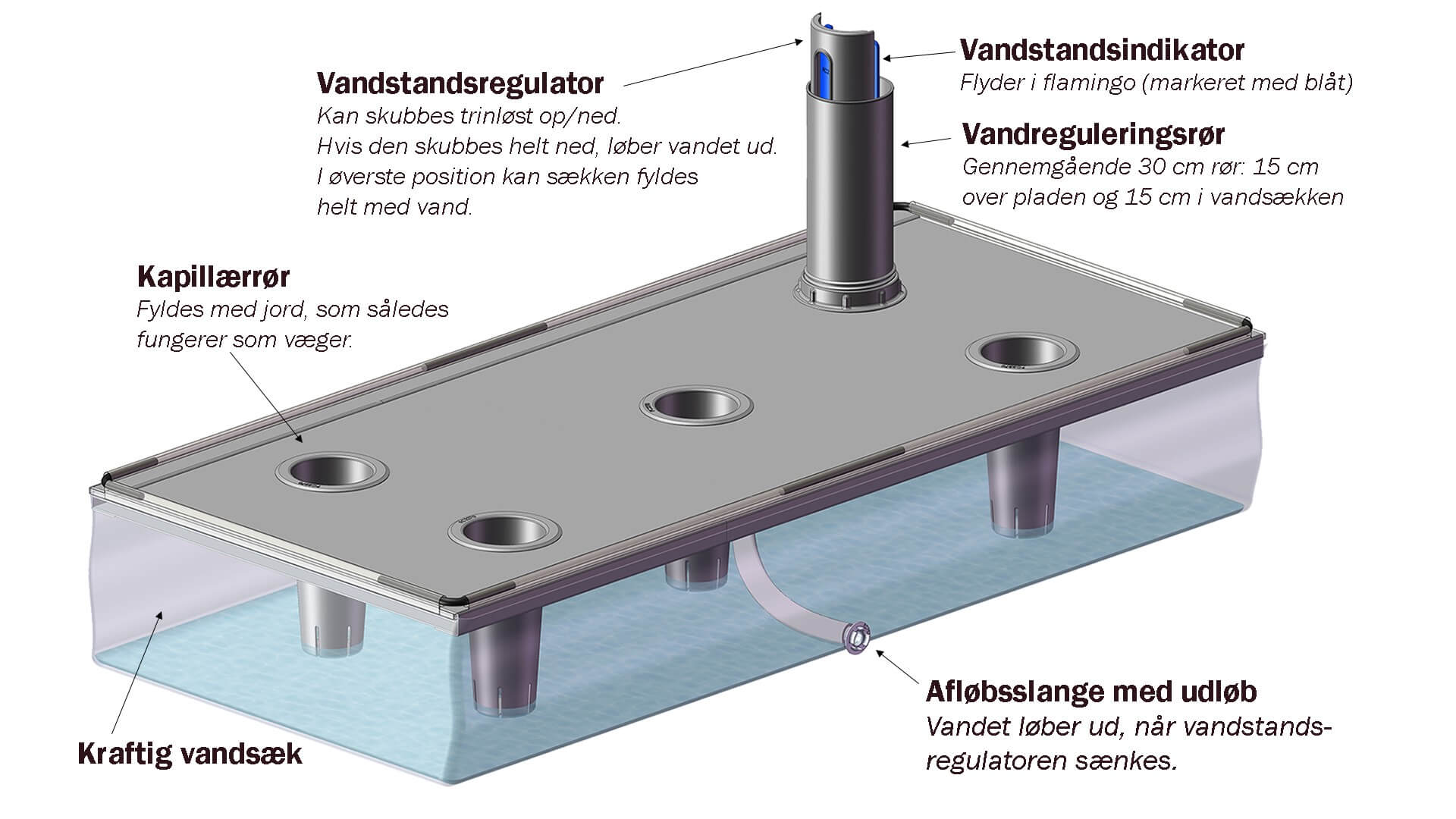
Can there be killer snails in a GrowCamp?
+One of the reasons GrowCamp exists is because many people have problems with snails. We have therefore created GrowGamp, which can keep snails, insects, deer etc. out.
For a snail, there are many obstacles to overcome before getting into the GrowCamp. First, it must climb up the plastic plate / wooden plank where it is exposed to danger. Then it must find a hole where the velcro in the net cover does not close completely. Alternatively, you can sprinkle a little Ferramol on the edge of the raised bed (snail venom, which is approved for organic farming) and the snails usually do not survive.
You can also put a 5 cm strip of copper tape on your GrowCamp. Snails get a kind of shock when they touch it. It does not provide 100% security - but it does help. Copper tape can be purchased here.
Where to place a GrowCamp?
+GrowCamp can be placed almost anywhere: on grass, on tiles or directly on the ground. The smaller raised beds are available with a bottom. They can be placed on balconies and terraces where you do not want the ground to come in contact with the substrate.
If the terrain slopes, you can dig the raised bed into the ground, so that it will stand horizontally.
Wind conditions are not crucial, as you can shield the plants from the wind with the plastic cover. On the other hand, if possible you should place the raised bed where the most sun and light is.
If it fits into the design of the garden, it can be beneficial to place the GrowCamp so that the end gables face east / west as the ends with the net faces south and protect the plants from strong sunlight.
If you have several raised beds, the ideal distance is 100 -120 cm. However, you can settle for as little as 60 cm between the beds.
How long does it take to assemble a GrowCamp?
+GrowCamp raised bed made of plastic with a top section can be assembled by anyone. It takes between 1 - 2 hours if you follow the instruction carefully. The only tool you need is a rubber mallet.
Plastic raised beds without superstructure are assembled in 10-15 minutes.
It takes a little longer to assemble GrowCamps and raised beds with a wooden frame. It may be necessary to drill the joint holes because the wood expands / dries in relation to heat and humidity. .
The installation instructions are available on the specific GrowCamp page at the bottom of the page.
GrowCamp maintenance
+GrowCamp with a top section is designed to withstand almost all types of weather.
The ropes, which are attached between the top section and the raised bed, hold the top section in place and the ground in the raised bed ensures that it remains standing. Over time, the plastic parts will become brighter from the sunlight, even though the material is UV-protected. You must make sure that the plastic sides and nets are tight in stormy weather, otherwise wind gusts may destroy the raised bed.
We recommend removing both plastic cover and nets during the winter. It extends the life of the tent part significantly. The plastic sides can shrink a bit in the cold, so they should be stored dry and at room temperature. They are also soft and pliable in high temperatures, but stiff and harder to handle in cold weather. It can be washed with water with a little soap.
When is the plastic cover used?
+We do not recommend keeping the plastic sides out in freezing weather, as they can shrink in the cold. However, if desired, you can use them and add some heat inside the GrowCamp to raise the temperature.
When the sun is on, be careful not to get it too hot. Rather remove the plastic cover completely if you do not have time to open it every time it gets too hot.
Also remember that it is important with good ventilation. Failure to do so will put your plants at risk of fungal diseases and moss on the ground.
Which plastic cover and nets should you use?
+You can find your plastic covers or nets by searching for the GrowCamp(s) you have. You can search for the item number or the GrowCamp name in the search field at the top of the page. Under the specific product, scroll down and select "content", where it is possible to see all the individual parts' item numbers.
What is germination?
+Germination is when seeds are sown in small pots or trays, where they germinate and grow to a suitable size. Then they are planted out on the growing site, where they remain until harvest. Some people choose to repot several times during the process, but it is not necessary for the plants.
When sowing in small pots and providing light, heat and soil moisture, the seeds germinate evenly. The fact that the pots can be moved makes it easier to create an optimal environment.
GrowCamp's plant trays can help to increase capacity and thus production significantly. In addition, it is possible to start early indoors in an easy way.
If you make sure to germinate, you constantly have new small plants ready as soon as there is free space in the raised beds. Many sow lettuce and peas every 14 days until August. When you germinate and make optimal use of the space, it is possible to get almost twice as many teams of vegetables each season.
More vegetables, e.g. lettuce, onions, leeks, spinach and peas can be sown indoors as early as February.
The seeds germinate willingly and the plants develop quickly and vigorously if you use artificial light. When using LED bulbs, the cost of power is very modest. See our light and heat mat here.
Lettuce, onions, peas, spinach and several other vegetables can be planted in GrowCamps covered raised beds as soon as the danger of heavy night frosts is over. With light night frost, the temperature can be raised a few degrees in the raised bed if you use candles at night. This means that you can have a salad already at the end of March if the winter does not drag on.
Germination does not only take place in early spring. You can with great advantage germinate all the way to late autumn. See more good advice in our garden universe here!




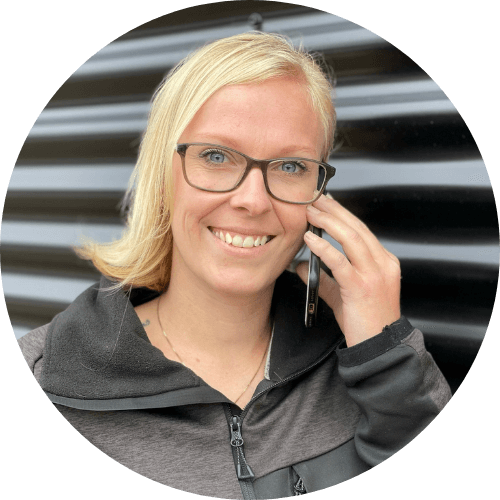


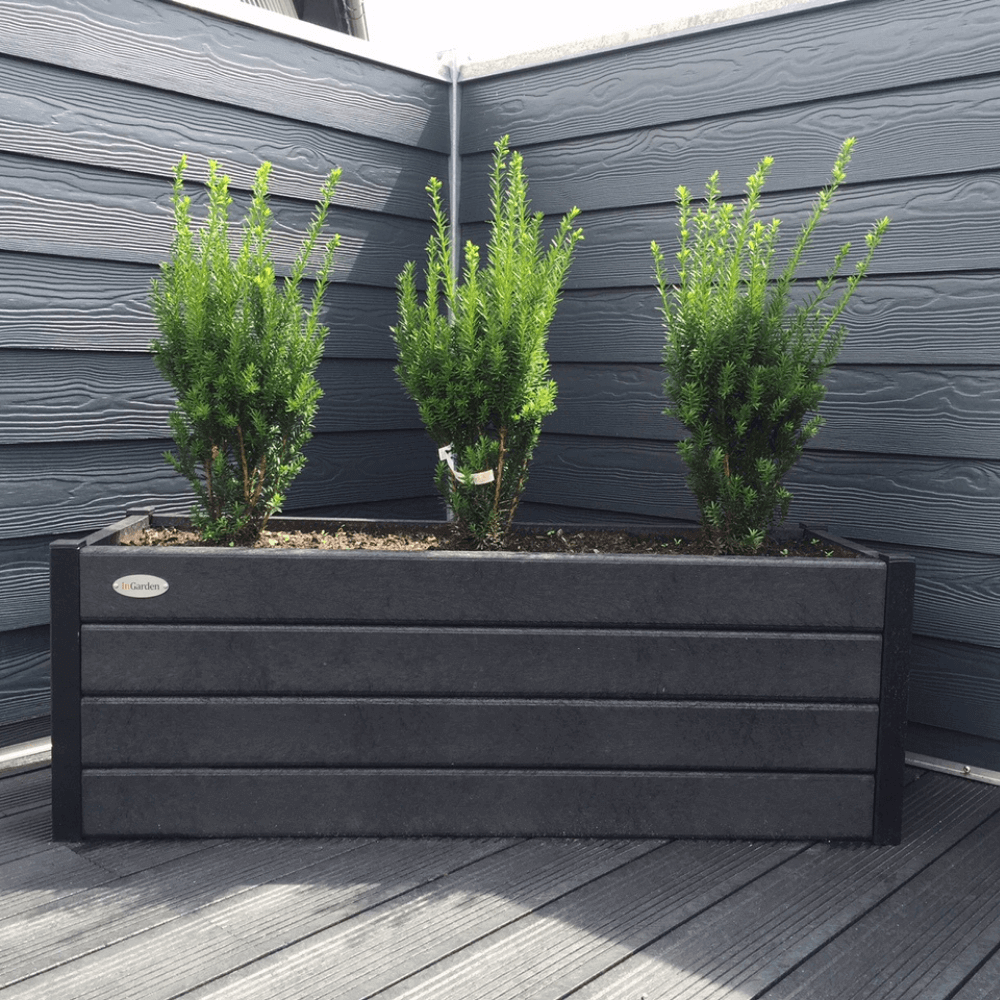
-1.backdrop.png)
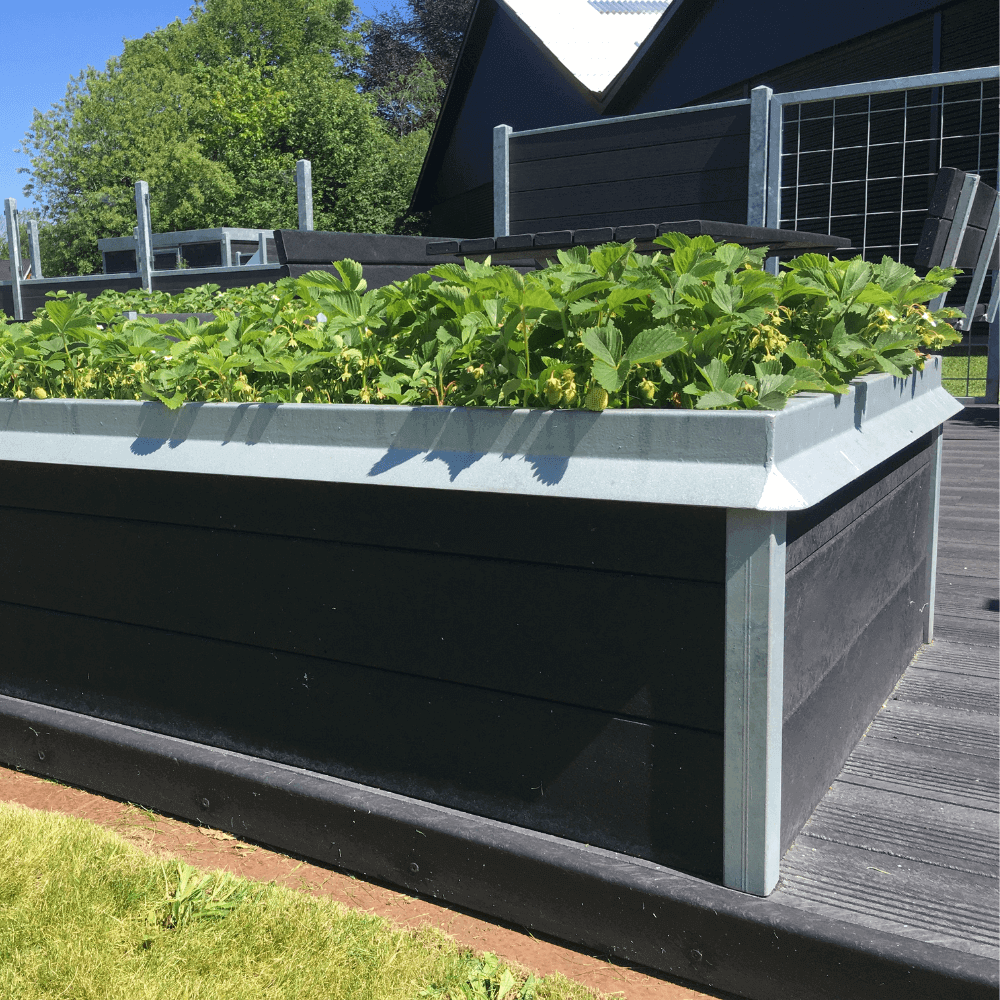
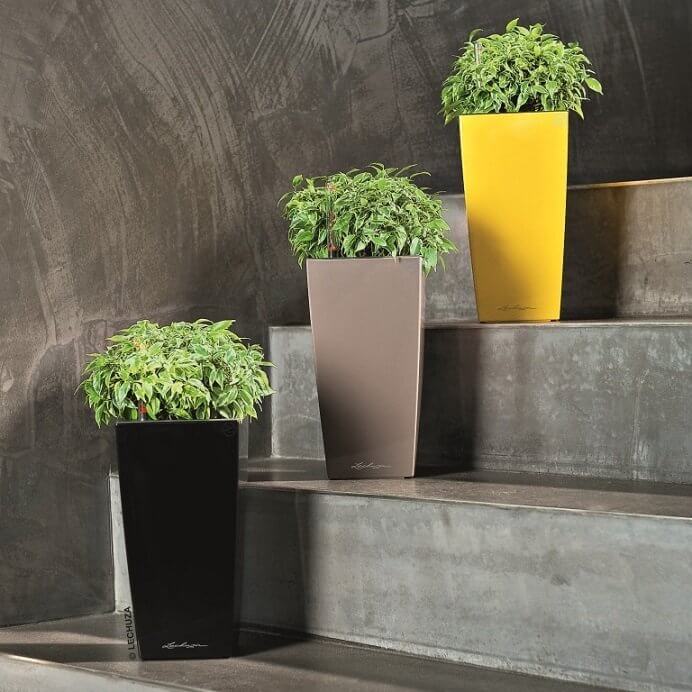
-1.backdrop.png)
